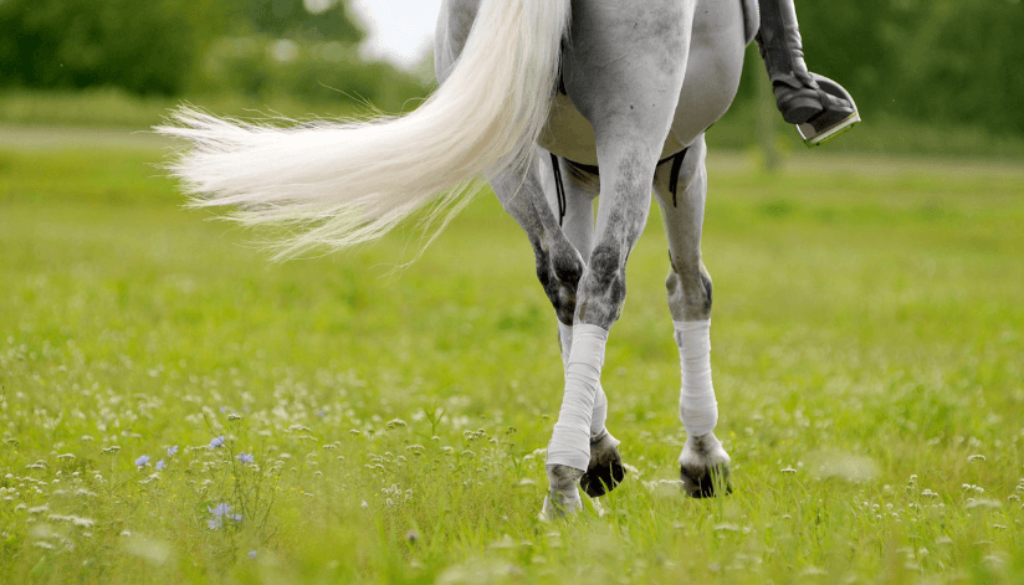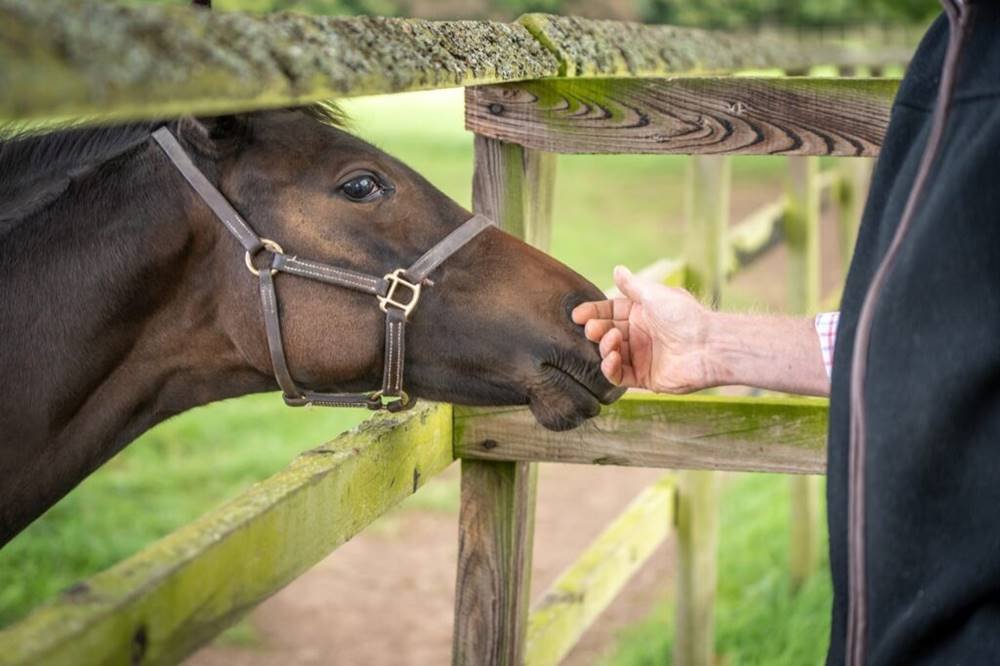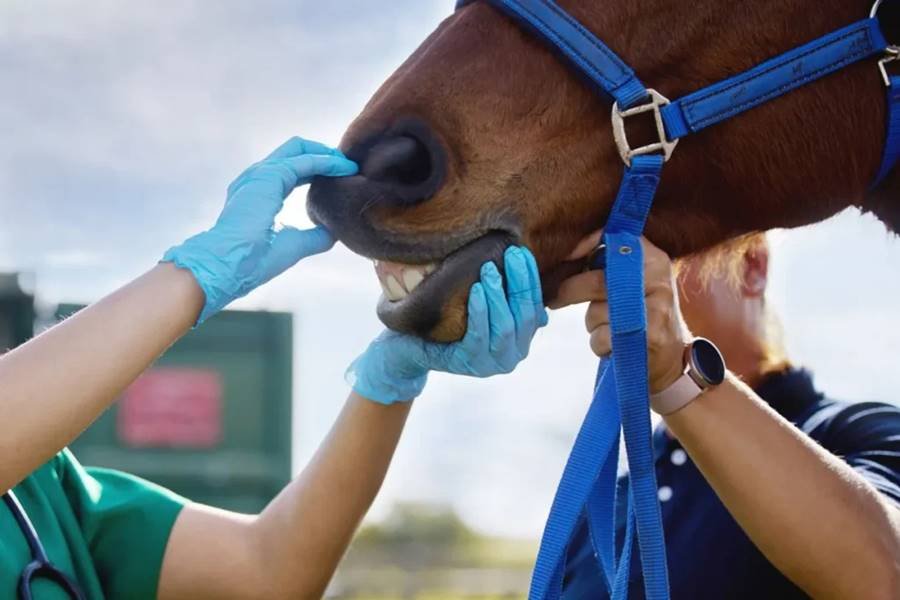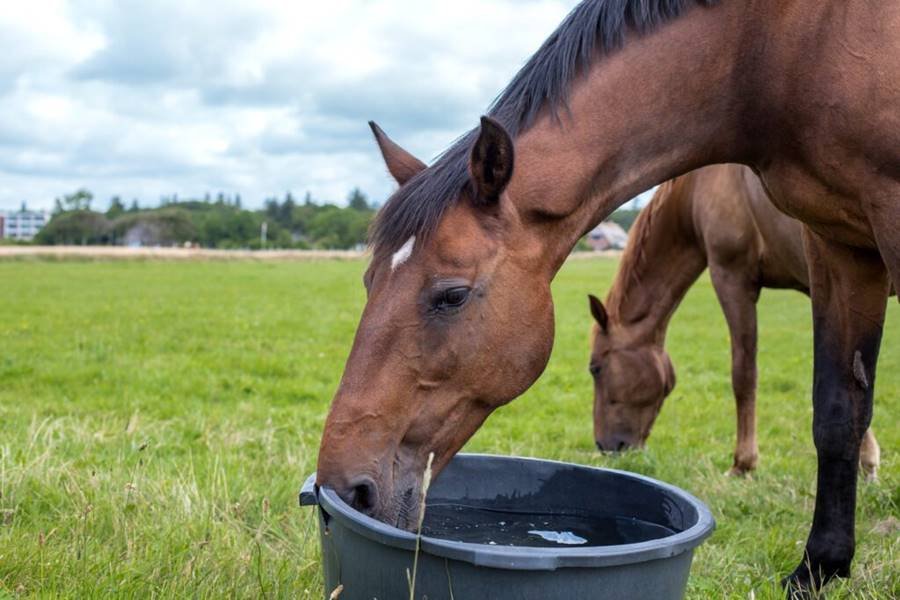Brushing Your Horse’s Tail: Myth or Must-Do?
Caring for a horse is a labor of love that encompasses various grooming practices. One such practice is brushing the horse’s tail, a task that often sparks debate among equestrians. Some horse owners treat brushing the tail as an essential part of their horse’s grooming routine, while others may skip it entirely or question its necessity. So, is brushing your horse’s tail a myth or a must-do? To answer this, it’s important to understand the reasons behind tail care, the potential benefits, and how to properly brush a horse’s tail if it is indeed necessary.
Why Brushing a Horse’s Tail Matters

A horse’s tail is not only an elegant feature but also an important part of its overall health and well-being. It serves several functions: protecting the horse’s hindquarters from insects, swatting flies, and providing balance and stability while in motion. The tail, like the mane, is made of hair that requires regular care to stay healthy and free from tangles or debris.
While brushing a horse’s tail may not be as critical as cleaning their hooves or keeping their coat free of dirt, it still plays an important role in maintaining the tail’s condition. Tangles, mats, and dirt can build up in the tail hair, causing discomfort for the horse. Additionally, the tail is prone to conditions such as tail rubs and skin irritation. If the tail becomes matted, it can pull on the horse’s skin and cause itching or even lead to sores.
The Benefits of Brushing a Horse’s Tail
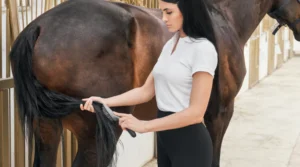
- Prevents Matting and Tangles: One of the primary reasons for brushing a horse’s tail is to prevent mats and tangles from forming. Horse tails can become easily entangled in themselves, especially if the horse spends time in muddy or dirty environments. Regular brushing helps to remove knots before they become problematic.
- Promotes Healthy Hair Growth: Brushing stimulates the hair follicles, which can promote healthy hair growth. By removing debris and ensuring the tail is free from tangles, brushing helps the horse maintain a sleek and shiny tail.
- Improves Skin Health: Brushing the tail helps to remove dead skin cells and stimulate blood circulation to the skin. This can help keep the skin under the tail healthy and free from irritations. Additionally, brushing can prevent the build-up of dirt and sweat, both of which can cause skin problems if left unchecked.
- Bonding Opportunity: Grooming is also an opportunity for bonding between horse and rider. While some horses may enjoy having their tail brushed, others may find it uncomfortable, and so, it can serve as a way to understand and build trust with your horse. Careful, gentle brushing can help desensitize the horse to touch and foster a positive relationship.
Tail Care Myths
Despite the benefits of brushing a horse’s tail, there are also myths and misconceptions surrounding the practice. One common myth is that brushing the tail too often will weaken the hair or cause it to fall out. In reality, brushing the tail gently, without pulling on the hair or causing discomfort, should not cause the tail to fall out. In fact, when done properly, it can actually enhance the tail’s health by preventing damage from tangles and knots.
Another myth is that brushing a horse’s tail is not necessary if the horse has a naturally clean tail. While it’s true that some horses may not get as dirty as others, all horses can benefit from occasional tail grooming. A horse’s tail can still accumulate dust, debris, and insects, which can irritate the skin and lead to infection if left unattended.
How to Brush a Horse’s Tail Properly
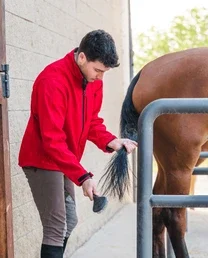
Brushing a horse’s tail should be done with care and attention to avoid causing discomfort. Here are some tips on how to do it properly:
- Use the Right Tools: A wide-tooth comb or a specially designed tail brush is best for detangling and smoothing the hair. Avoid using fine-tooth combs or brushes that can pull on the hair and cause pain.
- Start from the Bottom: Begin brushing at the bottom of the tail, working your way up. This prevents pulling and tugging on the hair, which can be uncomfortable for the horse.
- Be Gentle: Take your time and be gentle when brushing. If you encounter a tangle or knot, use your fingers or a detangler spray to work through it instead of pulling or forcing the brush through.
- Condition the Tail: If the tail is particularly dry or brittle, consider using a horse-friendly conditioner to help maintain its softness and shine.
- Check for Irritations: While brushing, take the opportunity to check for any signs of irritation, skin infections, or parasites like tail mites, which are common in horses.
Click Here To Buy Horse Grooming Kit

